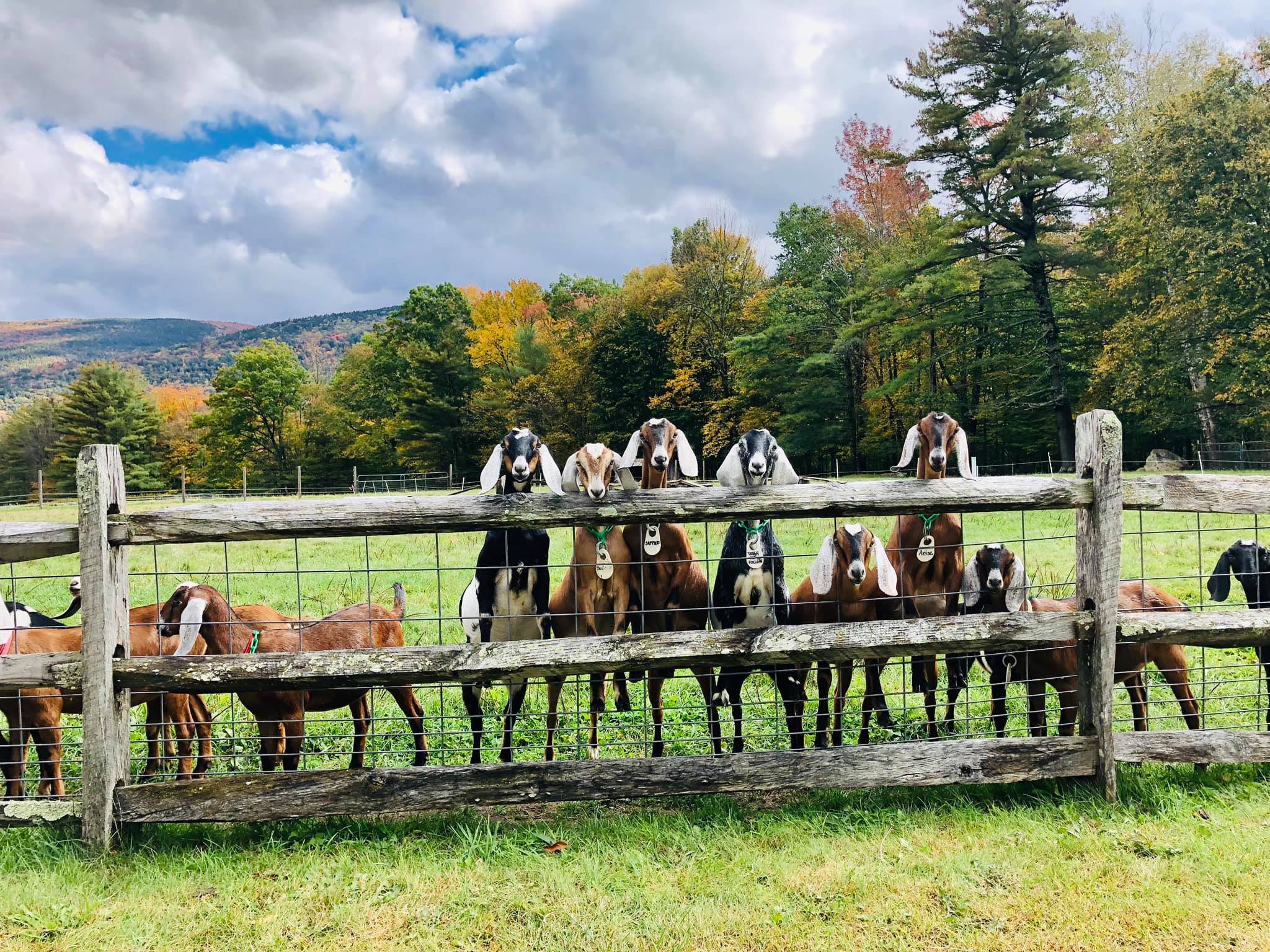Register for Winter Exploration!
Winter creates an exciting time to explore our natural world. Together, we will investigate what makes winter special and how the natural world functions in this fascinating and challenging environment. Join us for one session or all four.
BIG IDEAS: Structure and Function; Cycles; and Interdependence. NGSS
Registration is now open, please register at the link below.

Weathering Winter
January 13th
10:00am - 11:30am
Grades: K-2 & 3-4
Length: 1.5 hours
How does the weather shape the winter landscape, plants, and animals of Vermont? The shorter days, cold temperatures, and storms create challenges for survival, but also present students with opportunities for adventure. Through role-play and observations, students explore the science behind the weather.

Amazing Avian Adaptations
January 27th
10:00am - 11:30am
Grades: K-2 & 3-4
Length: 1.5 hours
Vermont’s winter birds are remarkable or their survival strategies in finding food and keeping warm. From feathered feet to entering hypothermia, students discover the tools Vermont’s birds use to survive. Students also take advantage of the quiet winter to learn the calls of our most common winter birds, and practice their listening skills in the woods nearby as they search for birds.

Winter’s Movers and Survivors
February 10th
10:00am - 12:00pm
Grades: K-2 & 3-4
Length: 2 hours
How do animals adapt to Vermont’s long, cold winter? Through outdoor activities, students examine the survival
strategies of animals in winter and learn basic track identification skills. They investigate prints and track patterns, learn to move like the mammals do, and practice their tracking skills in the woods nearby.

Towering Trees
March 3rd
10:00am - 11:30am
Grades: K-2 & 3-4
Length: 1.5 hours
Through the long days of winter, trees lie dormant, but as spring nears in March, their
buds begin to swell as the new leaves prepare to burst out and capture the spring
light. Students become arborists. While they hike Hildene’s woods, students learn
to identify trees by their buds and bark, and discover the ways trees adapt to winter’s challenges.
Lunch, Trails, & Farm Animals
Families may bring brown bag lunches to eat in our picnic area and are also welcome to explore our walking trails. Interpretive signs along the Goat Dairy/Farm Trail highlight trees, shrubs, ferns and other natural features. This trail loops through Hildene Farm with our herd of goats and dairy facility.
Please note we are a pet, smoke, and idle free campus. Thank you for your understanding.
Contact Us
For more information on Hildene's Home Study program, please contact Lisa Maggio, Education Director, 802-367-7965 or click to email.




